Many gardeners are affected by blossom end rot, and it’s heart breaking to see your tomatoes inedible due to this damage. Don’t despair, it’s not all doom and gloom, and in most cases it’s an easy fix. So read on to find out how to identify it and how to deal with it.
What Is The Blossom End?
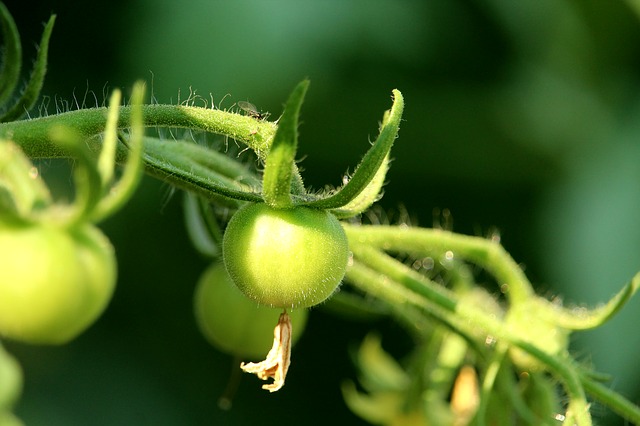
The blossom end is the end of the fruit furthest away from where the stalk joins the plant. It is literally the end the blossom was attached to, and that’s where we get blossom end rot.
What Is Blossom End Rot?
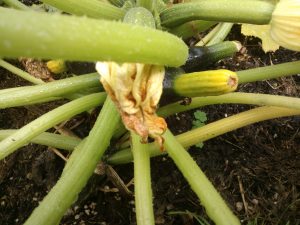
Blossom end rot is identifiable as a dark, almost leathery looking sunken mass at the end of the fruit. Affecting most fruits but particularly prevalent in tomatoes, peppers, courgettes (zucchini), melons etc… Everything looks fine, the plant looks healthy, the fruit is forming and then bang this rot appears out of the blue.
What Causes Blossom End Rot?
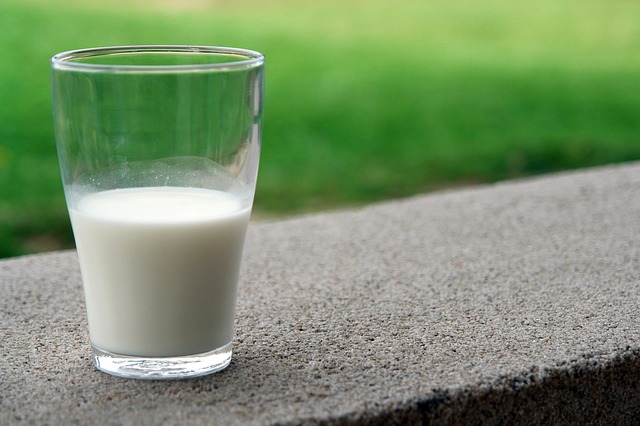
It is caused by a calcium deficiency in the fruit, but take care, this doesn’t mean there’s a lack of calcium. Just that the fruit is lacking in calcium, the rest of the plant usually has ample supplies of calcium. Certain circumstances can make the plant send the calcium to the leaves and rob the fruit of this vital nutrient.
Why Is Calcium Important To Plants?
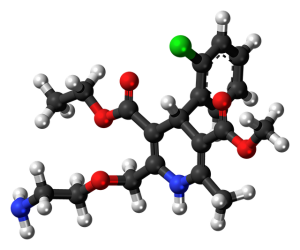
Calcium is classed as a micro nutrient in plants but that doesn’t mean it’s not important. In fact calcium is vitally important for plant growth and development. It is needed for building the cell walls and plant membranes in plants and also for new growth and fruit production.
For a more in depth article on the importance of calcium in plants follow this link to the US National Library of Medicine. Basically a lack of calcium can result in poor, disfigured plant growth and blossom end rot.
How Do Plants Absorb Calcium?
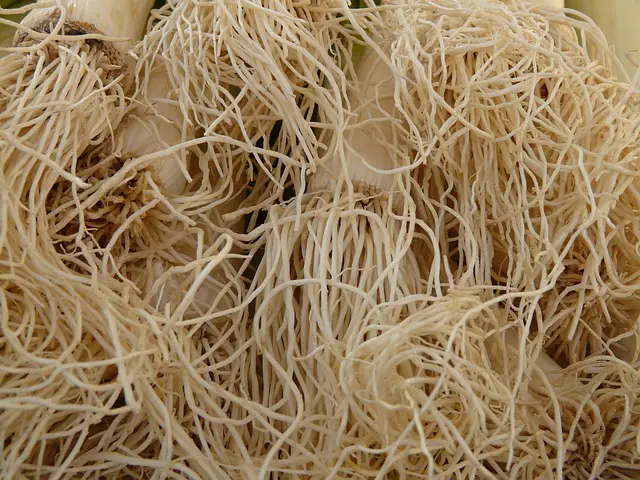
Plants rely on the process of transpiration, where the roots take up a solution of soil, water and oxygen and distribute it to new growth. Calcium travels with the water in the soil solution to where it’s needed. This is an important point, water is needed to transport calcium around the plant.
The nitrogen content of the soil and any fertiliser additives will affect calcium levels in plants. If the plant has too much nitrogen it will produce more leaves. More leaves need more calcium to the detriment of the fruit.
I use comfrey tea as a natural fertiliser that assists with all plants that root, fruit, or shoot. A proprietory tomato feed will work as well. For more information on comfrey tea fertiliser click here.
Can Blossom End Rot Be Stopped?
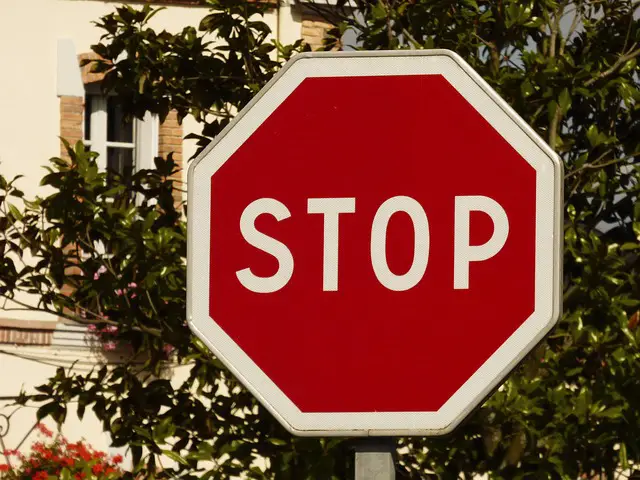
The fruit that has been affected with blossom end rot cannot be cured. It needs to be removed thus allowing the plant to produce more fruit. Once the plant has a better watering regime blossom end rot should not be a problem anymore.
You need to look at the way you water as too much is as bad as too little. The soil should be moist, not soaked and not bone dry either. Plants grown in soil have less issues with blossom end rot than container grown plants.
This is because most soils are nutrient rich and plant roots can access these nutrients. However container grown plants exhaust their nutrients quickly especially if over watered.
Will a Calcium Rich Foliar Spray Help?
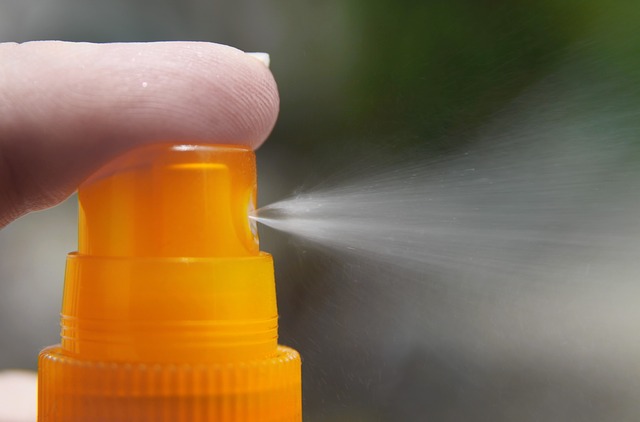
As calcium is unable to travel around the plant without transpiration and the fruit will not absorb calcium through it’s skin. Calcium rich foliar sprays will do little or nothing to help with blossom end rot.
Powdered Milk As a Cure

This will not work for the reasons stated above, and any improvments in the plant will be down to moisture not milk. That said powdered milk mixed into the soil before planting will increase calcium levels but is usually unnecessary.
Epsom Salts And Lime
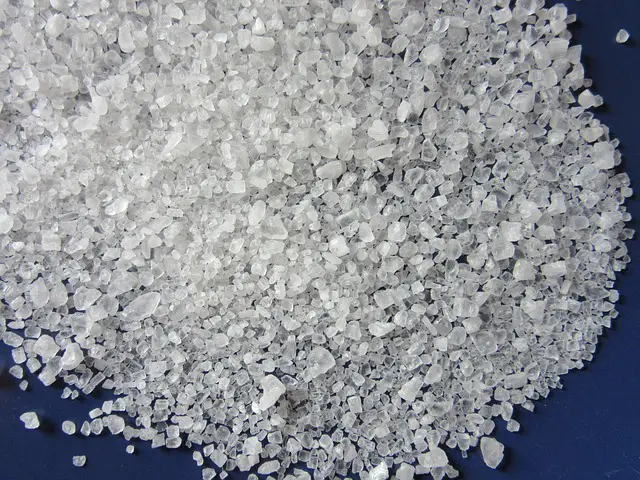
When growing in containers I always add Epsom salts and Garden lime to the soil mix. This is to ensure essential nutrients are present in the soil that are needed for healthy plant development. Whilst this may prevent blossom end rot it will not cure an existing problem.
Can Blossom End Rot Be Reversed

For the affected fruit the answer is no, but for the plant, absolutely it can be reversed. Remove all affected fruit and amend watering and if necessary nutrient mix and you will find healthy fruit will grow. It is the purpose of any plant to reproduce and this is done through seed production.
So the plant wants to grow healthy, attractive fruit to be consumed by animals and the seeds spread. Just like healthy people, healthy plants repair and reproduce.
Will Mulch Help To Prevent Blossom End Rot?
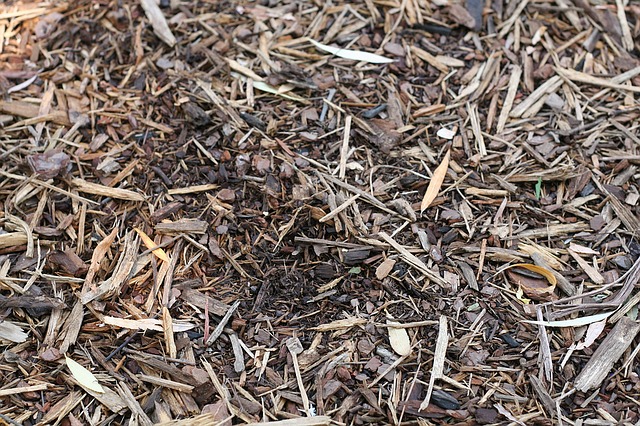
Adding a mulch around your plants will help to conserve moisture and this will help to prevent blossom end rot.
Summary
To summarise, blossom end rot
- Is a symptom of insufficient calcium supply to the fruit.
- Is not a biological disease.
- Cannot be cured on affected fruit.
- Is caused by a lack of calcium in the soil (rare).
- Can be caused by too much nitrogen in the soil.
- Usually caused by an irregular watering regime.
- Can be stopped by addressing the watering and nutrients.
- Can be cured on affected plants.
- Cannot be cured by foliar sprays.
- Cannot be cured by epsom salt or lime.
Some Useful Resources
There is so much confusion and myth about gardening out there and hopefully at least this will clear some up. When I started out growing vegetables I made the mistake of assuming that once a plant had blossom end rot it was diseased. I lost so many tomato and courgette (zucchini) plants because of this and in truth I was the problem.
I should have learned how to water properly and not burnt my plants, but you live and learn as they say. Every day’s a school day and the best lessons are the ones that cost us. However that doesn’t mean you can’t learn through someone else’s mistakes.
Have you cured blossom end rot using one of these methods? Or perhaps using a different method, please let me know in the comments.

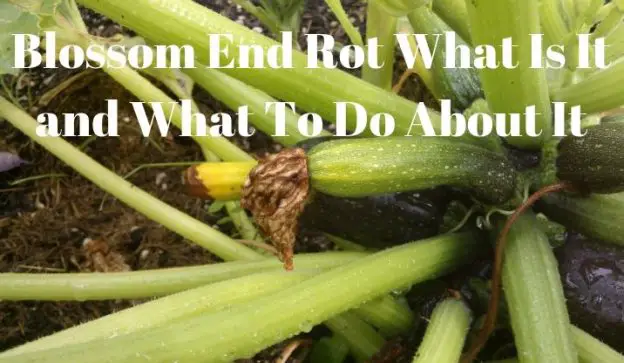
Thank you for the information! Very helpful.
Thanks Keith for taking the time to comment. I’m glad this post has been helpful.
All the best
Steve